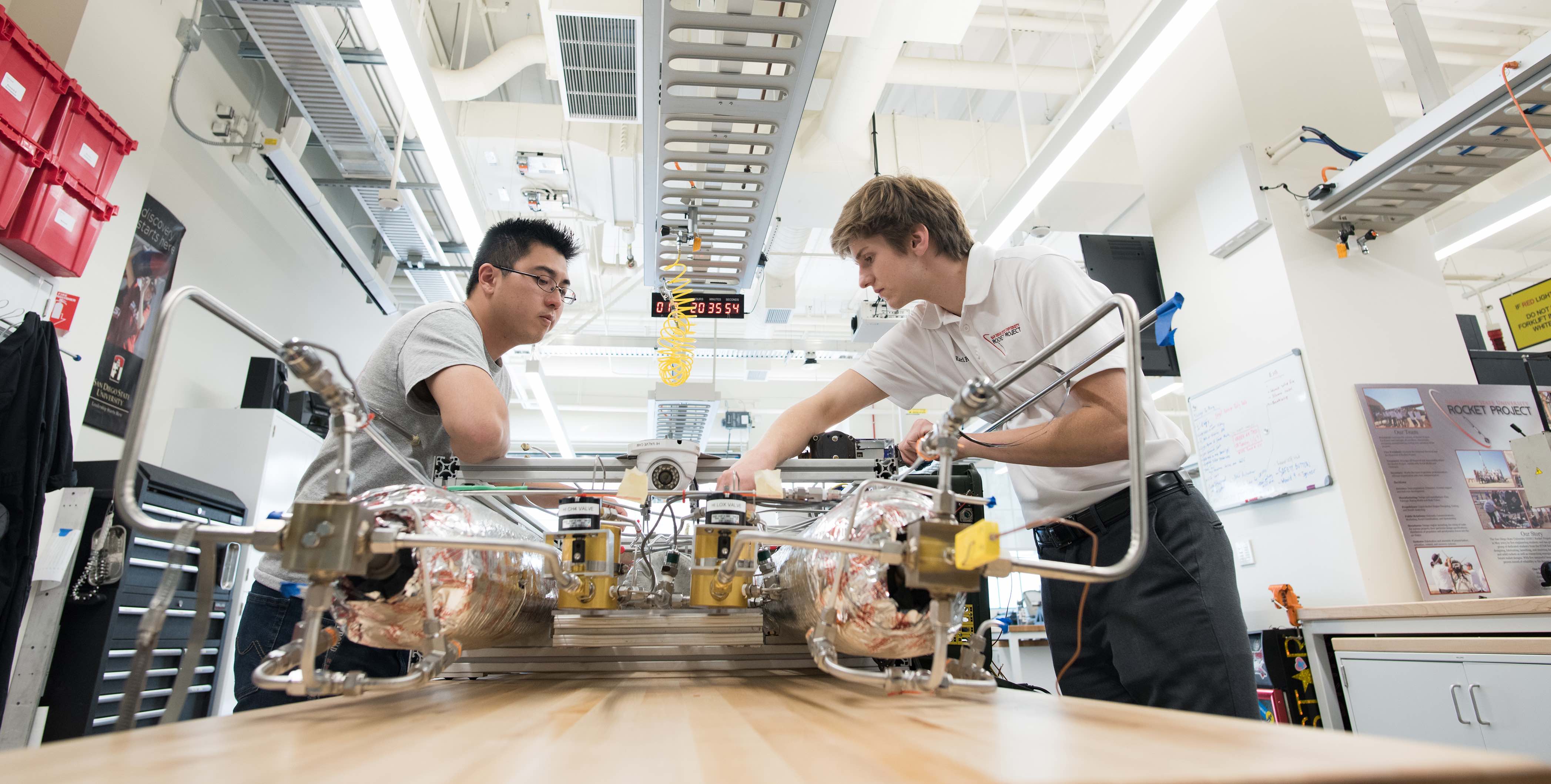Aerospace Engineering PhD Student Serves as Panelist on NASA Space Technology Industry-Government-University Roundtable

During the March Space Technology Industry-Government-University Roundtable (STIGUR), participants engaged in rich dialogue about NASA’s space technology research agenda and other industry topics. Several panelists and recipients of awards across STRG also had the chance to share their stories, including Ph.D. student Sergio Alfonso Sandoval.
A first-generation college student, Sergio lived most of his life in Mexico before making the leap to study in the U.S., where he attended a community college and eventually received a full-ride scholarship to Georgia Tech. In 2018, he won an NSTRF award for his project, “Integrated Entry and Powered Descent Guidance for Human Mars Mission,” focused on developing more powerful and efficient guidance algorithms to reduce space exploration costs of and enable longer missions. This award stimulated a broader interest at Dr. Ping Lu’s lab at San Diego State University: there, Sergio and the team developed new space simulation capabilities and created the first onboard fully automated optimal lunar landing abort sequence, as well as state-of-the-art technology in entry and optimal powered descent guidance.
For Sergio, it’s not only about the technology itself but the impact that NASA can have on so many people. He credits his fellowship with allowing him to expand his network and work with experts across NASA centers — it’s this collaboration that enables new depths of innovation. Sergio also relishes speaking at schools across the U.S. to speak to students about NASA’s impact and empower different communities to dream about their own opportunities for success. Filled with gratitude for his journey so far, Sergio is excited to continue transforming aerospace technology in support of NASA's goals.
“We have made a lot of developments thanks to this fellowship that has allowed us to push the boundaries of knowledge. Now we have some of the most successful, most reliable entry guidance and powered descent guidance algorithms out there.”

